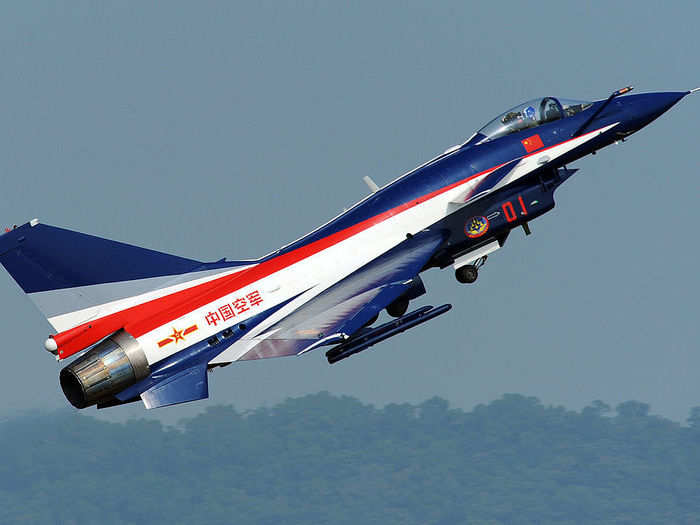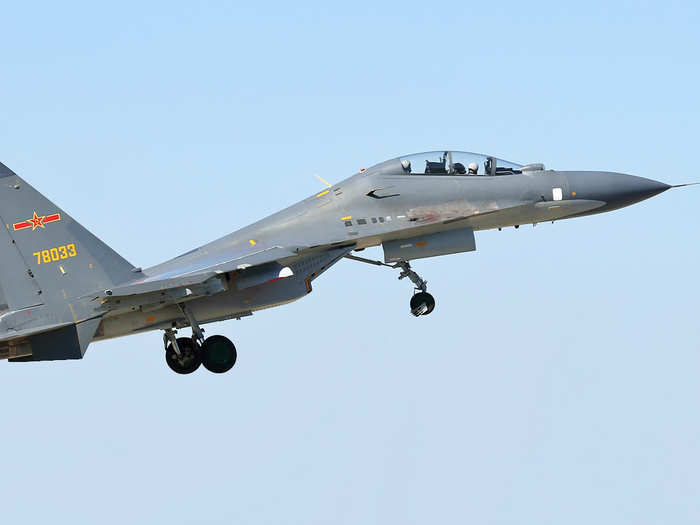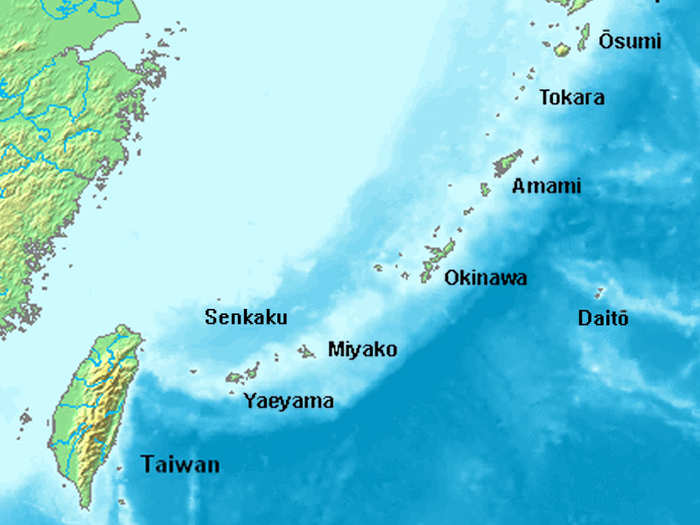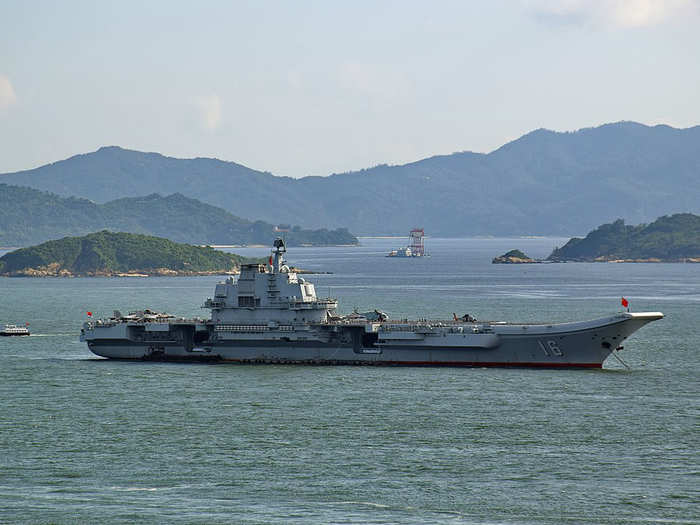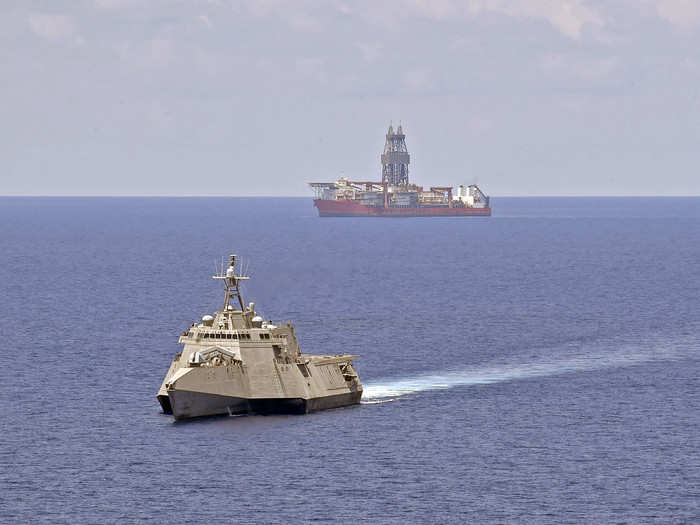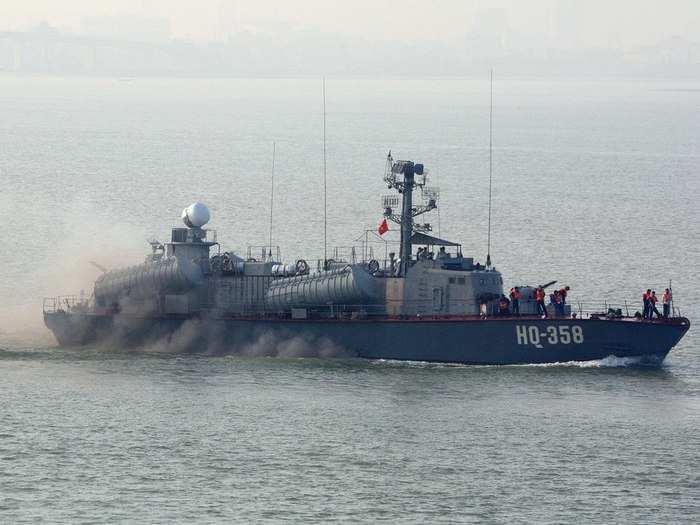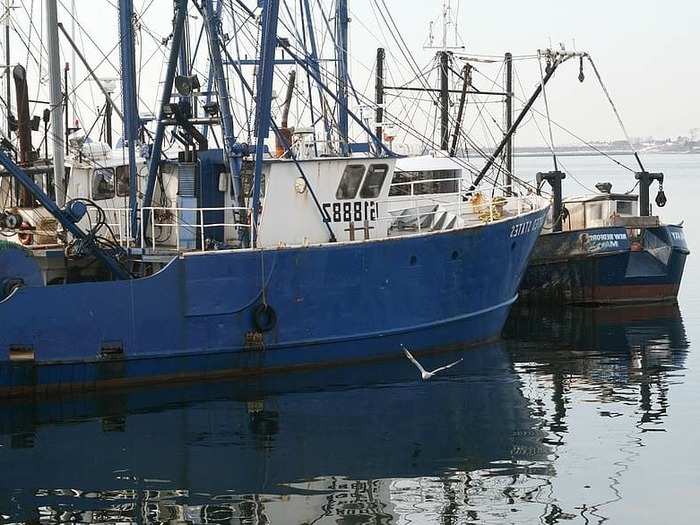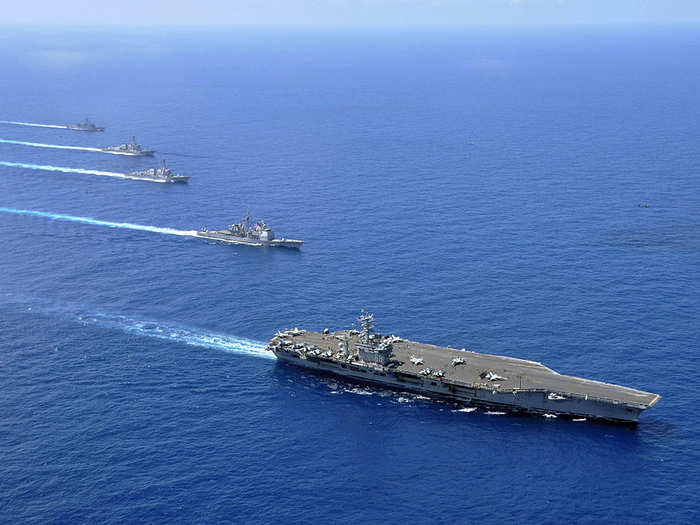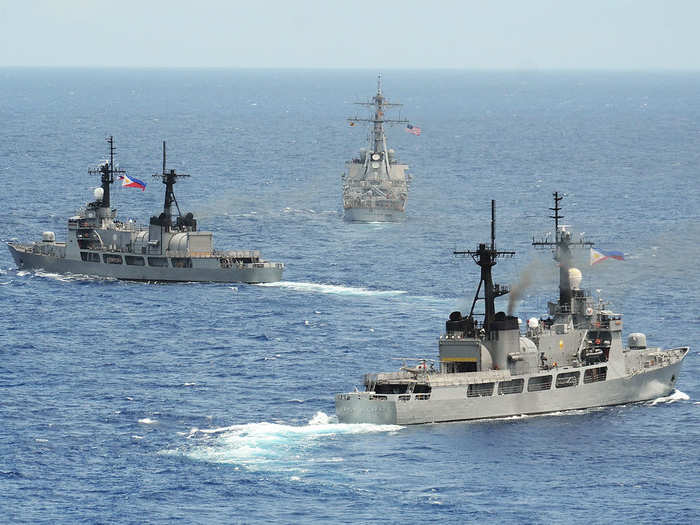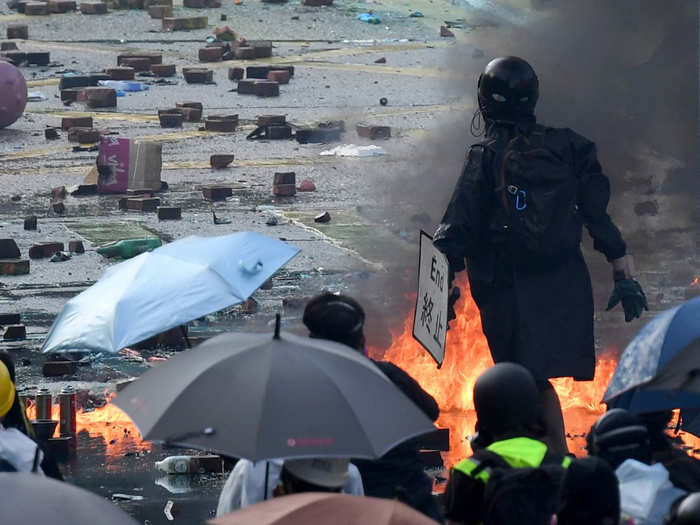Chinese aggression isn't solely aimed at India, but also at others in the region like Taiwan, Hong Kong and Vietnam in the recent past. IANS
- China’s hostile activities over the last month haven’t not only been against India.
- Countries like Hong Kong, Taiwan, Vietnam and Japan have also had to bear the brunt of its aggression.
- Experts speculate that this could be to distract from the second wave coronavirus in the country or a tactic for China to bide for more time to take on the US.
The India-China faceoff in the Galwan valley has triggered panic across the globe. The Indian Army has confirmed the death of 20 personnel, while casualties on the Chinese side are yet to be confirmed. The tensions between the two Asian nations had been at a tipping point since May 5, when the standoff first came to light.
However, China’s military aggression is not only against India. In the last two weeks, it has been exhibiting hostile behaviour throughout the region — towards Hong Kong, Taiwan, Vietnam and Japan among other nations.
Some believe that this is to distract from the second wave of the coronavirus that’s hit the country. The Chinese economy shrank for the
first time in 50 years undermining the economic growth and job creation narrative that’s been at the core of the Chinese Communist Party’s (CCP) political legitimacy.
Others believe that this is a ploy to simply buy time. In 2002, former
President Jiang Zemin forecast a 20-year window before China would be in a position to exploit America in order to increase its own wealth and power.
Last week alone, Chinese fighter planes entered Taiwan’s air defence identification zone thrice, according to the Taiwanese defence ministry — the most recent of which was on June 16 when Taiwan air force jets “drove away” a J-10 fighter.
China's J-10 fighter Wikimedia
Prior to that, a Chinese Y-8 was warned to leave Taiwan’s air space on June 12 after several Su-30 fighters crossed over Taiwan and were also warned to leave on June 9, according to the defence ministry.
China's Sukhoi Su-30 Wikipedia
Last month, China sent the aircraft carrier Liaoning and its strike group on its first round-trip mission through the Miyako Strait — between the islands of Okinawa and Miyako — as Japan kept a wary eye on these developments.
The strait is located between Miyako and Okinawa Wikipedia
Over the past month, the Chinese Navy has conducted “mock battles” and “live-fire training” in the waterway to improve its “combat capabilities,” Over the past month, the Chinese Navy has conducted “mock battles” and “live-fire training” in the waterway to improve its “combat capabilities”.
China's Aircraft Carrier Liaoning Wikimedia
The Chinese Navy also deployed a survey vessel, armed China Coast Guard and “maritime militia” vessels to tail the West Capella — a drillship contracted by Malaysia’s national oil company.
The Independence-variant littoral combat ship USS Gabrielle Giffords (LCS 10) conducts routine operations near the Panamanian flagged drill ship, West Capella. MC2 Brenton Poyser/US Military
The Vietnamese Foreign Ministry claims one of its fishing boats was attacked by two Chinese ships near the Paracel Islands — an archipelago in the South China Sea that China claims as its own.
Osa Patrol Vessels Vietnam Wikimedia
The Vietnam Fisheries Society noted that is not the first run-in between Chinese and Vietnamese boats in the South China Sea. "Such actions by China have occurred many times and are increasing relentlessly, causing insecurity and discontent among Vietnam’s fishermen,” it said.
Representative image Pikist
The US and Chinese maritime forces came within 100 meters of each other in the South China Sea.
U.S. Navy guided-missile destroyer USS William P. Lawrence (DDG 110), transits through international waters with the Indian Navy destroyer INS Kolkata (D 63) and tanker INS Shakti (A 57), Japan Maritime Self-Defense Force helicopter-carrier JS Izumo (DDH 183) and destroyer JS Murasame (DD 101), and Republic of Philippine Navy patrol ship BRP Andres Bonifacio (PS 17) through the South China Sea. Japan Maritime Self-Defense Force/US Military
Tensions between China and the US have also been escalating amid the coronavirus pandemic. Close encounters in the South China Sea is one way that the two sides test each others mettle, according to maritime strategy specialists — a phenomenon that’s become increasingly common over the past month. A military source told SCMP, that during one incident in April, vessels from the US and China came as close as 100 meters of each other.
On June 15, the U.S. Mission to the United Nations formally submitted a ‘note verbale’ — a diplomatic communication — arguing that China’s maritime claims in the South China Sea are “inconsistent with international law.”
US Navy ships operate in formation in the South China Sea Wikimedia/US Navy
China’s incursions in the South China Sea is also forcing unlikely allies, the US and the Philippines back together.
USS John S. McCain is underway with Philippine navy ships. US Navy
Earlier this year, the Philippines suspended the Visiting Forces Agreement (VFA) — a pact that allowed US military activities in the waters around the Philippines. On June 12, the country’s National Independence Day, things took a turn for the better during a phone conversation where they both acknowledged the other as an ally, pushing back the decision to delay the terminal of the military deal.
Beijing is pushing for a new security law in Hong Kong that will make pushing for independence a criminal act.
Rioters throw bricks to a police vehicle outside the Hong Kong Polytechnic University in South China's Hong Kong in November IANS
The new law comes after a slew of pro-democracy protests on the island nation. If passed, it will make secession, subversion, terrorism and the interference of foreign forces a criminal act.
The Chinese government justifies the new law by saying that it will return stability and leave political freedoms intact. According to Beijing, Hong Kong’s legislature has failed to pass its own national security laws over the years.
Fire outside the Hong Kong Polytechnic University in South China's Hong Kong in November. Gripped by more than five months of mass violence and criminal activities, Hong Kong has been pushed into an extremely dangerous situation. Xinhua/IANS

